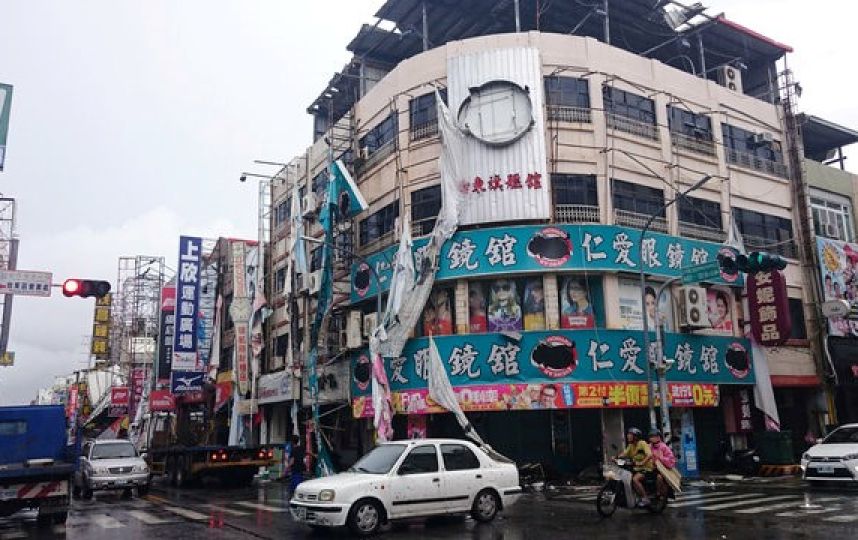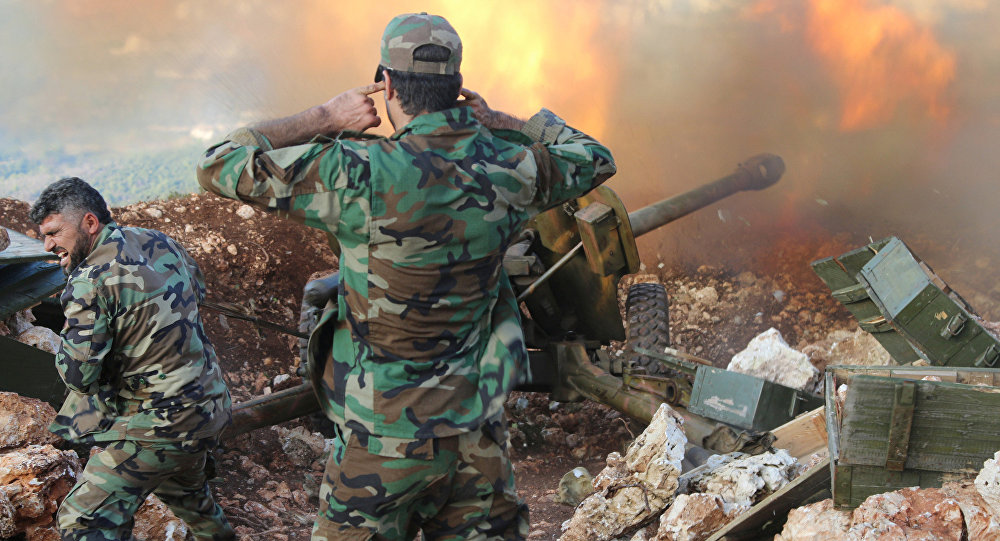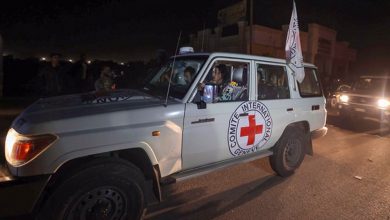Eastern Philippines hit by typhoon Nock-Ten


Thousands of Filipinos have evacuated hazard zones in the mountains and seasides of eastern Philippines as powerful typhoon Nock-Ten has made landfall in the archipelago.
The government called for preemptive evacuations in the region on Friday, with nearly 4,000 residents moving into emergency centers and more than 8,000 others seeking shelter elsewhere, according to an official tally.
Officials in Bicol peninsula had announced earlier that nearly half a million people in the region were in harm’s way and needed to be evacuated.
“We went around with megaphones and gave instructions to our people to eat breakfast, pack, and board the military trucks,” said Alberto Lindo, a village official from Alcala, near the active Mayon volcano.
“There are large ash deposits on the slopes. Heavy rain can dislodge them and bury our homes in mud,” Lindo warned.
High waves in seaside areas posed another threat and prompted officials to evacuate coastal areas as well. Officials warned of waves as high as 2.5-meters as the typhoon closed in on the Bicol Peninsula and nearby islands.
The US Joint Typhoon Warning Center said the impact of Nock-Ten’s winds and gusts ranged from 231 to 278 kilometers an hour.
The typhoon, which was forecast to hit the island of Luzon — where the capital, Manila, is located — on Monday, will affect an area populated by nearly 42 million people.
Nock-Ten, which is arriving in the disaster-prone country outside the normal typhoon season, disrupted the celebration of one of the most important holidays in the mainly Catholic country’s religious calendar, with all ferry services and some commercial flights suspended.
On Christmas day, evacuations were continuing with trucks provided by the military as well as local governments sent to coastal communities and other areas that have been hit by landslides or flash floods in previous storms.
The coastguard on Sunday ordered the beaches south of Manila to be cleared of holidaymakers by Monday.
“All forms of recreational activity (on the coasts) will be banned,” coastguard spokesman Armando Balilo warned on local television.
He said people living in the slums on the seaside in Manila have also been advised to move to other locations.
On average, 20 storms and typhoons strike the Philippines each year, killing hundreds of people. In November 2013, super typhoon Haiyan hit the central Philippines, leaving 7,350 people dead or missing.




